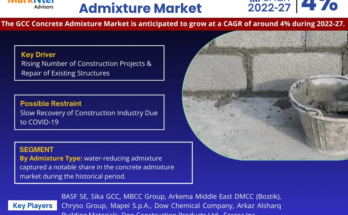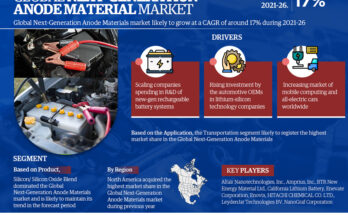Low VOC adhesives are those with a low level of volatile organic compounds (VOCs). These adhesives find applications in a variety of industries, including woodworking, automotive, and aerospace. VOCs are compounds that evaporate at room temperature and are potentially hazardous to human health and the environment. Low VOC adhesives are becoming more popular as more businesses strive to reduce their environmental impact. The global Low VOC adhesives market is projected to grow from USD 49.5 Billion in 2021 to USD 63.3 Billion by 2026, at a CAGR of 5.0% between 2021 and 2026.
Download PDF Brochure: https://www.marketsandmarkets.com/pdfdownloadNew.asp?id=168397836
Low VOC adhesives are frequently used in place of traditional solvent-based adhesives, which can contain significant amounts of VOCs. Low-VOC adhesives are also used in medical applications because they are less likely to irritate the skin. Low VOC adhesives are also used in construction because they are less harmful to the environment. Demand for low-VOC adhesives is expected to rise in the future as more businesses strive to reduce their environmental impact. Low VOC adhesives are also becoming more widely available, making them an appealing option in a variety of industries.
The Asia Pacific region is estimated to be the largest consumer of Low VOC adhesives. The global Low VOC adhesives market is driven by the growing demand for water based adhesives due to their flexibility, durability, and economic feasibility in manufacturing, paper & packaging industry.
The key players operating in the market are Henkel (Germany), 3M (USA), H.B. Fuller (USA), Sika AG (Switzerland) and Bostik, a part of Arkema (France). These players have adopted various strategies, such as mergers & acquisition, investment & expansion, and new product launch to grow in the market. Mergers & acquisitions is the key strategy adopted by the major players between 2020 and 2026. This strategy helped companies enhance their global presence.
Henkel (Germany) has achieved growth by overcoming changes in the times and business environment through a creative fusion of people and technology. Henkel has leading position in its three business units in both industrial and consumer business: Adhesive Technologies; Beauty Care; Laundry & Home care and an additional segment Corporate. The production and distribution of Low VOC adhesives has been done by the company under the multiple brand names i.e., LOCTITE, AQUENCE, TECHNOMELT, and TEROSON.
The company is working in the direction to foster a circular economy and contribution to social progress that’s why a lot of investment has been done in the low VOC adhesives segment.
Inquiry Before Buying: https://www.marketsandmarkets.com/speaktoanalystNew.asp?id=168397836
3M (USA) started a small-scale mining venture more than a century ago, but today more than 60,000 3M products are used in homes, schools, businesses, hospitals, and other industries. The company has managed to remain in the Fortune 500 list repeatedly because of its scientific, technical, and marketing innovations. The products are segmented in four main units – Safety & Industrial; Transportation & Electronics; Healthcare; and Consumer. The low VOC adhesives are segmented under the Safety and Industrial unit which accounts for 37% of the total sales revenue out of which 10% of this whole segment is made by the sales of adhesives.
On looking at the vast picture and the changing preferences of the consumers, the company has set up strategic commitments towards their products portfolio and bringing innovation to their new products.


